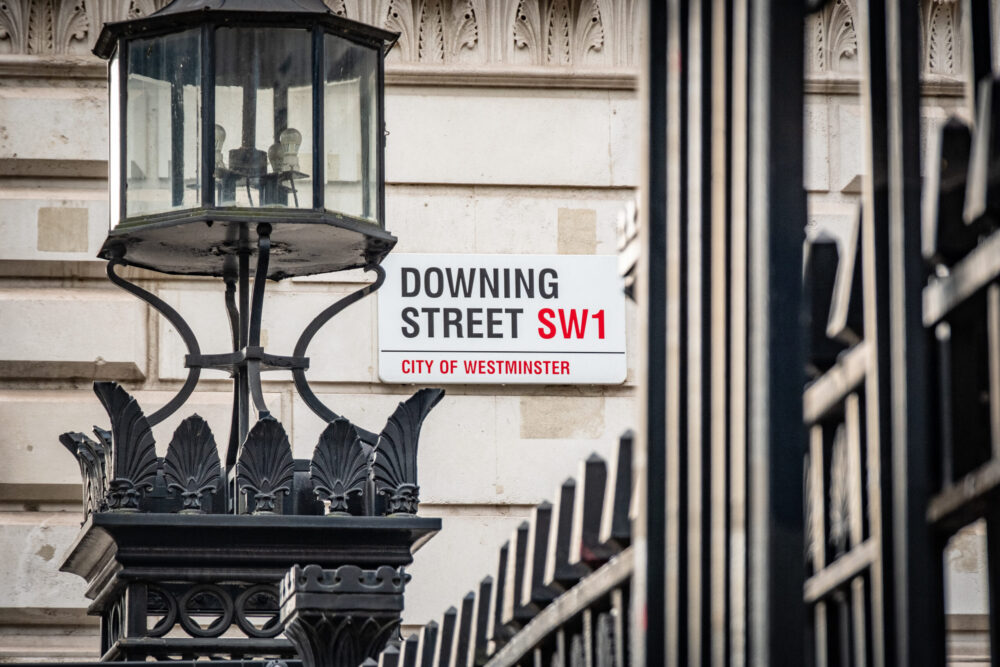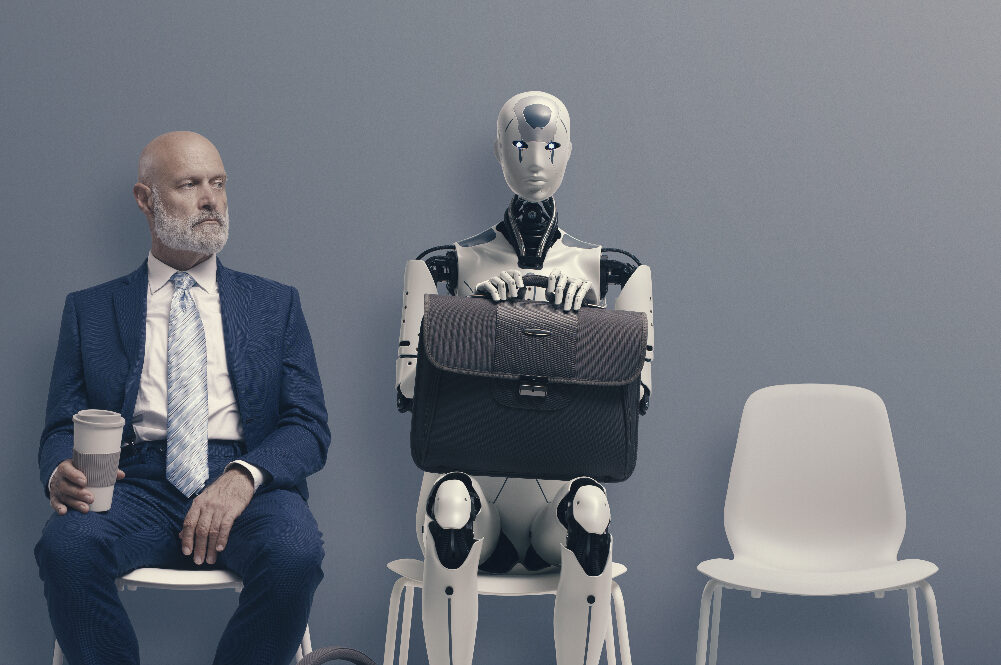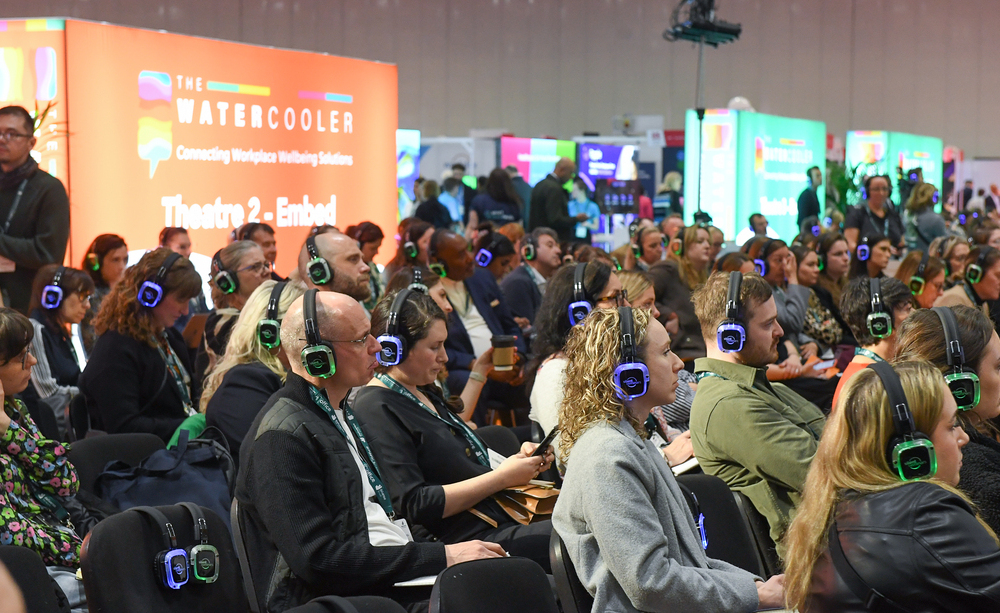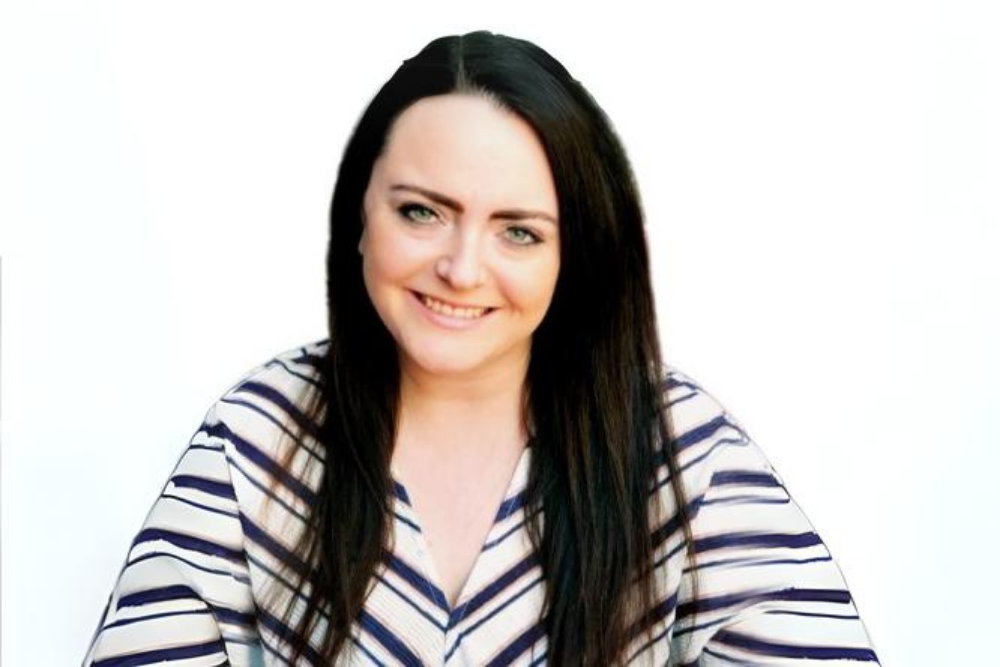We know that 45% of Australians will experience a mental health condition in their lifetime, and at any point in time, 20% of Australians will have experienced it in the last 12 months.
We know that 8 Australians die per day by suicide, and that the rate of suicide among males is more than three time greater than that for females.
We know that the workplace can be a trigger, a contributor and a cause of poor mental health.
We know that 9 out of 10 Australian employees believe that having a mentally healthy workplace is important, but astonishingly, only 5 out of 10 employees believe that their own workplace is actually a mentally safe place to work.
As the conversations continue, workplaces in Australia are beginning to understand their critical role in ensuring that they provide a mentally safe place to work, both of that from employee and industry demand point of view.
But, with this, Australian organisations are struggling to figure out the answers on how to do this effectively at the vast scale that they need to address it at.
Why are we struggling to solve the mental health problem in workplaces?
Because we are trying to solve the problem with only more of what has already caused the problem.
If you look at the biopsychosocial model of mental health, we know that mental health is triggered by three key factors: biological, psychological and social. Of this, the psychological and social factors are relevant in the workplace and can play huge contributors to that of our mental health.
For many workplaces, this perhaps might be having unsafe leadership, a bullying culture, a lack of collaboration, or toxic employee environments; it might be egotism, workplace pressures, or poorly defined roles; it could be the types of mental health conversations happening, or the lack of them; it could be micro-management, ill-fitted systems, work life misbalance, or technology problems. It could be constant and poorly managed change, unmanageable workloads, or a lack of company values.
The factors which define a workplace’s psychological safety can be vast and, at times, complex. However, our current solutions for mental health, on the flipside, are generally fixed, simple and only target the crisis state of when someone has already got poor mental health.
For many workplaces, their solutions may be an employee assistance program (EAP) that only sees a 5% uptake, if they are lucky. It might be a poster of mental health first aiders in the kitchen that nobody reaches out to. It could be yoga classes that the anxious person is too anxious to go to, or the fruit bowls in the kitchen that only the energetic early risers managed to get to before anyone else.
Our solutions we have in mental health are not aligned to the problems that we need to solve.
What can we do instead?
To address mental health in the workplace, there are already a few areas that companies are starting to do well in. This might be bringing in lived experience speakers to talk about their story; or thinking about how to encourage conversations through addressing the stigma to mental health; and, finally, starting to upskill leaders and employees in identifying mental health in colleagues to start those conversations. But this is only one part of the story.
Where we are lacking is the step before this. What we need to be doing is taking a step back and looking at our workplaces as that complex problem to solve and spending the time to truly understand the story of your workplace.
Let’s imagine your company is a rubik cube. Each coloured square represents a different facet of the workplace – this might be leadership, culture, environment, and people. For many workplaces, the rubik cube is in a state of chaos with colours all over the place.
Our attempts so far in responding to this has been that frantic state of trying to quickly shuffle the squares to get them back in place without direction or with a clear strategy in place.
Much of the time, which many of us know, the technique of quickly trying to move the colours next to one another only lasts so long that you realise that although one side might look perfect, the rest of the cube is falling apart still.
Putting in a misaligned employee assistance program, or throwing in a single session or two of resilience training, or telling your leaders once to be “more mentally friendly” doesn’t and won’t solve the problem at hand.
Mental health solutions in the workplace lack strategic direction and truly struggle to address the problem at the heart of that specific organisation.
In other words, many of our approaches to address mental health are missing the mark because they are not taking the time to understand how their specific rubric cube works.
What if we took the time to understand before we tried to solve?
Many organisations want to be able to support mental health in the workplace. Many organisations are starting to see the benefits. But most organisations are still trying to solve the problem with an inadequate solution.
I challenge companies to take a step back and think about how you are truly trying to understand the problems that persist in the workplace. What investment are you deciding to make in your strategy, in your budget, in your leadership team, to take this problem and solve it for your workplace?
About the Author
Camille Wilson is the founder of Grow Together Now, a purpose-driven startup with the mission to change the way we see mental health in the workplace. Camille facilitates thought-provoking key note talks and workshops within workplaces across Australia. Follow Camille on LinkedIn to read more articles from the series or sign up to the series by email.

















